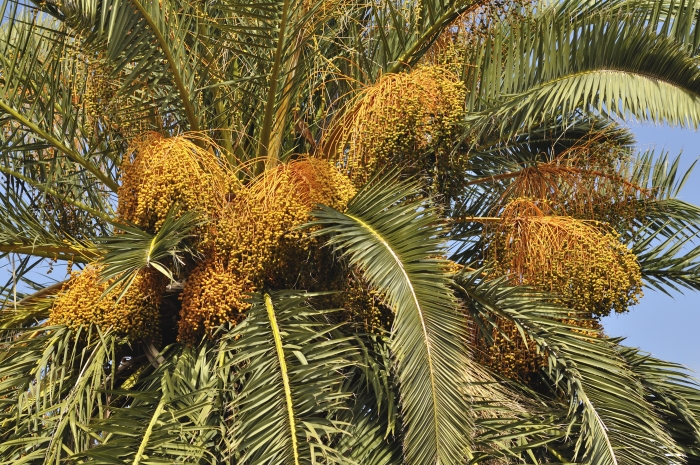Canary Island Date Palm
(Phoenix canariensis)
Canary Island Date Palm (Phoenix canariensis)
/
/

Quartl
CC BY-SA 3.0














































































Estimated Native Range
Summary
This palm is highly valued for its ornamental features, including its sculptural form and the striking silhouette it casts. It is commonly used in urban landscaping, avenue plantings, and as a focal point in gardens. While it is drought-tolerant once established, it performs best with regular watering and in well-drained soils. It prefers full sun but can tolerate some shade. Canary Island Date Palms are susceptible to pests such as the red palm weevil and palm leaf skeletonizer, and diseases like Fusarium wilt and lethal yellowing. They can also become invasive in suitable climates if not properly managed.CC BY-SA 4.0
Plant Description
- Plant Type: Tree
- Height: 33-66 feet
- Width: 20-40 feet
- Growth Rate: Slow
- Flower Color: N/A
- Flowering Season: Spring
- Leaf Retention: Evergreen
Growth Requirements
- Sun: Full Sun
- Water: Medium
- Drainage: Slow, Medium, Fast
Common Uses
Bird Garden, Drought Tolerant, Edible*Disclaimer: Easyscape's listed plant edibility is for informational use. Always verify the safety and proper identification of any plant before consumption., Salt Tolerant
Natural Habitat
Valleys, ravines, and mountainous areas within the Canary Islands
Other Names
Common Names: Canary Island Palm, Canary Date Palm, Pineapple Palm, Kanarische Dattelpalme, Palmera Canaria, Dattier Des Canaries, Tamareira-Das-Canárias
Scientific Names: , Phoenix canariensis, Phoenix dactylifera var. jubae, Phoenix cycadifolia, Phoenix jubae, Phoenix macrocarpa, Phoenix canariensis subsp. porphyrococca, Phoenix canariensis var. porphyrococca, Phoenix dactylifera subsp. jubae, Phoenix erecta
GBIF Accepted Name: Phoenix canariensis H.Wildpret